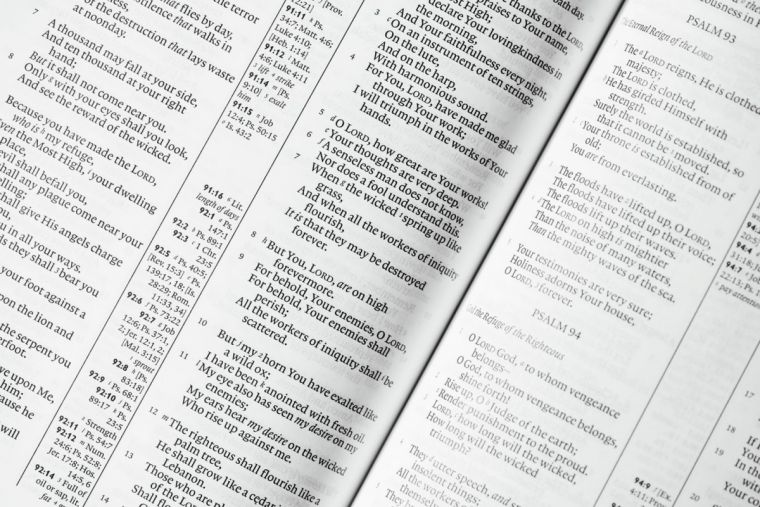Research only confirms the reliability of the Bible

The reliability of the Bible remains a disputed issue but it needn't be.
Critical scholars like Bart Ehrman argue that we cannot trust the text of the New Testament because it was not well copied, and because the oldest extant manuscripts are too late. Their views are echoed by lay people without much knowledge of the facts.
But is there really such a long gap between when the Bible was written and the earliest copies, and does it matter? Gregory R Lanier has been surveying the printed editions of the Greek New Testament, from the publication of the first scholarly edition by Westcott and Hort in 1881, until today, and his latest research encourages us to have more confidence in the biblical text than the sceptics would allow.
Since 1881, many new manuscripts have been discovered and new text editions produced. In more recent years, the digitisation of the manuscripts of the Bible has been rapid, allowing more people to study the evidence. Against this backdrop, you would expect the text of the New Testament to have been heavily revised as a result of all this work, but this is not the case at all.
What Lanier has found is that the similarity between the 1881 edition of the New Testament in Greek and the most recent editions is still over 98.5 per cent. In other words, the newly discovered manuscripts, and the investment of thousands of hours of human labour, not to mention millions of pounds, have basically confirmed what many of us already knew - that we had a very reliable Bible text the whole time.
READ MORE: There is big money to be made in the sale of Bible artefacts - and that's part of the problem
There is conformity in the quality of the main great manuscripts, Codex Sinaiticus, Codex Vaticanus and Codex Alexandrinus, meaning that if we simply printed the Greek text of Codex Vaticanus (dating to the fourth century), we would still have the correct Greek text.
Lanier has done the same comparison with scholarly editions of the Greek translation of the Old Testament, the Septuagint, and here too he concludes that the many new discoveries and the efforts of scholars over the last 100 years have only served to confirm the accuracy of Alfred Rahlfs' 1935 edition.
There may be ever more new material, but it is basically establishing that we know the text well enough to have confidence in its closeness to the original.
READ MORE: How much evidence is there for King David?
Lanier concludes that – working in the era before the computer – Brooke Foss Westcott, Fenton J.A. Hort and Alfred Rahlfs were excellent scholars. His second conclusion is that textual critics are judicious and careful scholars, who handle God's Word with care. Thirdly, he finds that the massive efforts of the scholars confirm that the transmission of the Greek text of the Bible was remarkably stable.
In his own words, '... our confidence in the transmission of the early Greek NT and OT texts should be incredibly high.'
I would add that all this suggests that the biblical text has been providentially preserved over the centuries. We can be very grateful to God for this.
The research appears in Tyndale Bulletin 71.1 (2020).
Rev Dr Pieter J. Lalleman teaches the Bible at Spurgeon's College; see here for his recent books.











